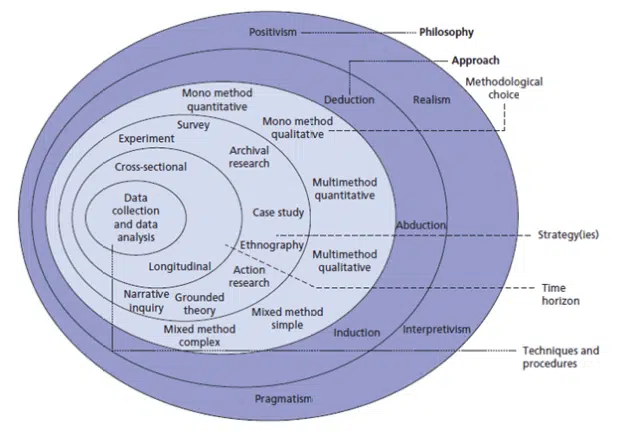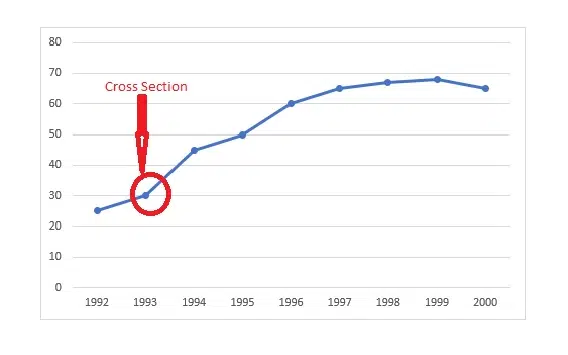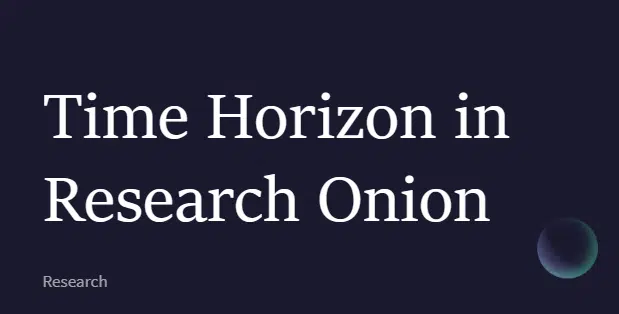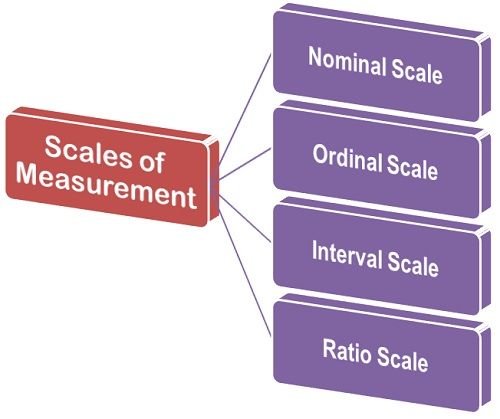The time horizon in the research onion, which is the timeframe relevant to the research, is the period in which the researcher is interested in studying the population. Accordingly, the researcher determines the time horizon depending on the research objectives and the type of investigation. The researcher may be interested in studying population at a certain point in time or studying the population over a period. Understanding Research Onion for Research Methodology

Types of Research-Time Horizon
Depending on the time horizon, there are two types of research, namely Longitudinal research and cross-sectional research. Specifically, research in which a researcher wants to study samples at a certain time is referred to as cross-sectional research. In contrast, longitudinal research involves studying samples over a period of time. Notably, in longitudinal research, the period can range from short-term to long-term.For instance, the Broadbalk experiment continued for 173 years, and the Park Grass experiment continued for 160 years. More examples of the longest scientific studies in the world can be seen here.
1: Cross-Sectional Research
According to Cambridge Dictionary, cross-section has two different but related meanings. A cross-section is something that can be cut into pieces to see inside (e.g., cross-section of human heart tissue). A cross-section is a small group representing the whole group (e.g., a sample of students from a university representing the university).
The researcher collects data from samples only once in cross-sectional analysis. The researcher is interested in studying the characteristics of population at a certain point in time. There is no repetition of gathering data from samples in cross-sectional research. The purpose of the cross-sectional analysis is to analyze certain characteristics or phenomena at a particular time.
For instance, consider a researcher who is interested in studying the financial performance of airline companies in 2020. In this case, the researcher gathers quantitative data from the financial statements of airline companies selected as samples for the financial year 2020. Notably, the specific research focus centers on comprehending how the Covid-19 pandemic impacted the profits. And also returns of these airlines in 2020. It is cross-sectional research because the researcher is interested in examining the financial performance of airline companies in 2020. Besides, data is gathered from samples only once.
2: Longitudinal Research
In longitudinal research, the researcher gathers data from sample samples at different intervals. Consequently, the purpose of a longitudinal study is to examine changes in attitude, behavior, process, or phenomenon over a period of time. Importantly, the scope and time horizon of longitudinal research are not restricted to a certain point. Conversely, the research studies samples at different points in time.Data used in the longitudinal analysis is time-series data. A time series can be seen as a series of different cross-sections within a specific range.
In longitudinal research, samples are repeated to collect data at different intervals. The researcher does not include new samples to gather data each time. It is not the case in cross-sectional research where a new sample set is chosen at different intervals.
The example of airline companies discussed above can be modified to understand longitudinal research. If the researcher is interested in examining the change in profits of specific airline companies between 2015 and 2021, the study becomes longitudinal.

The above figure shows cross-section and longitudinal data using fictitious data. If a researcher is interested in studying the population in 1993 only, or any other point of time on the time series, with different samples, it constitutes cross-sectional research. Contrary to this, if the researcher is interested in collecting data from the same samples between 1992 and 2000, it becomes longitudinal research.
Key Differences
| Cross-Sectional Research | Longitudinal Research |
| Data collected at a specific point of time | Data collected over a period of time |
| Focuses on point of time | Focuses on period of time |
| Different samples chosen each time | Same samples participate in data collection |
| Interested in studying samples at macro-level, such as societal changes | Interested in studying samples at micro-level, such as changes in individual behavior |
| Consumes lesser time | Consumes more time |
References
Melnikovas, A. (2018). Towards an Explicit Research Methodology: Adapting Research Onion Model for Futures Studies. Journal of Futures Studies, 23(2), 29-44. doi:10.6531/JFS.201812_23(2).0003
Saunders, M., Lewis, P., & Thornhill, A. (2007). Research methods for business students (5th ed.). Essex: Pearson Education Limited.
Seakran, U. (2003). Research Methods for Business. United States: John Wiley and Sons. Retrieved from https://iaear.weebly.com/uploads/2/6/2/5/26257106/research_methods_entiree_book_umasekaram-pdf-130527124352-phpapp02.pdf





